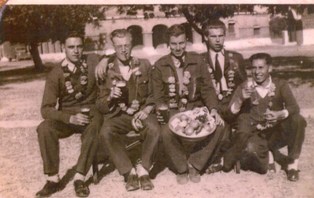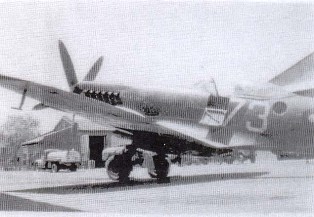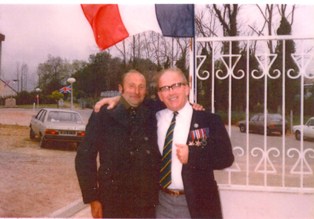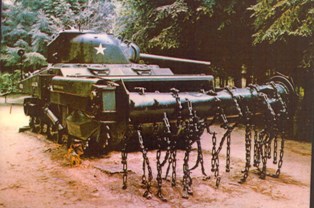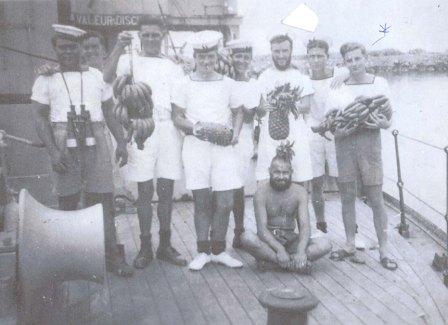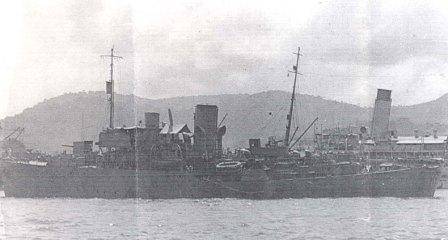
Private 13818 George Lamb
1st Bedfordshire Regiment
Killed in Action 8th March 1915
Husband of Sarah Elizabeth Lamb, of 7, Frogmore Crescent, Apsley End, Hemel Hempstead, Herts.
Ypres (Menin Gate) Memorial, Panel 33.
Born: Wendover.
Enlisted: Hertford.
George Lamb's name on the Menin Gate.
(Photo: Richard Grayson, 1st April 2014.)
The information below was provided by George's grandson, Bernard Lamb, whose father John Lamb died in the Second World War.
George was born in Wendover, Buckinghamshire in 1877. His father was Harry Lamb who worked as a Boatman on the local canal and his mother was Annie Lamb (maiden name Green). By 1891 the family had moved to 5 Catlin Street, Boxmoor, Hemel Hempstead. On January 3rd 1897 George married Sarah Elizabeth Welch in St Paul’s Church, Hemel Hempstead. The family set up home at 65 Queen Street, Hemel Hempstead. George was working for John Dickinson & Co Ltd at Apsley Mills as a Card Edge Guilder. Later they move to 7 Frogmore Crescent, Apsley, to a cottage built by John Dickinson and Co Ltd for the use of employees of the company.
In 1914 George enlisted in the Army serving with the 1st Battalion Bedfordshire Regiment. They were at first stationed at Mullingar, County West Meath, Ireland. The battalion was mobilized on August 14th and embarked from Belfast on the SS Oronsa arriving at Havre on the night of August 15th. They then moved to Le Cateau and on August 18th were billeted in Pommereuil awaiting the remainder of their Division. They formed part of 15th Brigade of the 5th Division of the 2nd Army Corps.
On August 21th the Division started their advance towards Mons where, on 23rd they engaged the enemy, and following fierce fighting, retired, moving south-west towards Athis. Sixty-six men of the 1st Bedfordshires were killed, injured or found to be missing after this action. On August 26th they were engaged in the Battle of Le Cateau but once again were obliged to retire. Over the next few days the division continued to retire under continuous German fire. The men were absolutely tired out and hungry. As they moved south bridges, over rivers and canals they had crossed, were blown up. On August 30th they reached Gagny and Villeneuve, north-east of Paris, where the German advance was stopped.
On September 8th the battalion were involved in the advance north on St. Cyr-Sur-Morin and St. Ouen-Sur-Morin as the German army was pushed back. Two hundred prisoners were taken as they crossed the Marne. The advance continued over the next few days and as the enemy were pursued, it appeared that they were demoralized, as they abandoned wagons, motors and stores.
On September 13th after a hard five hour struggle using pontoons and rafts, pulled by ropes, the Aisne was crossed. The advance north continued into October towards Bethune and Givenchy where the Battalion lost 140 men during continuous action. They remained in the Givenchy and Festubert area till November 6th when they were driven, in buses, to Ypres.
On November 7th they went into the line in trenches near Hooge and managed to prevent a break-through by the Germans but at the cost of a further 140 men. The 1st Bedfordshires remained in the front line, under heavy shelling, till December 5th when they retired to billets at Dranoutre.
On December 8th they relieved the 1st Norfolk Regiment at Wolverghem. Heavy frost had rendered the wet muddy trenches very unpleasant. They were engaged, during December, in attempting to improve their defences. In some places along their line they were only 30 yards from the German trenches.The battalion remained in the Ypres area in trenches near Dranoutre, Wolverghem and Lindenhoek for the next two months and had short periods of relief in billets that were close by.
Extracts from the War Diary of 1st Bn. Bedfordshire Regiment record:
- 25 12 1914. Christmas card from their Majesties The King and Queen distributed to all ranks of the Battalion. Also present from Her Royal Highness Princess Mary. Germans semaphored over that they were not going to fire.
- 26 12 1914. Wolverghem. Some Germans came forward unarmed, apparently with a view to friendly intercourse. A few shots fired in their direction as a hint to withdraw.
The diary for March, 1915 continues:
- 06 03 1915. Ouderdom, South East Ypres. Battalion took over sector in trenches east of canal, relieving 9th Brigade. Casualties in going up to the trenches 3 wounded.
- 07 03 1915. HQ shelled, 1 man killed, sniping very considerable. Total casualties 3 killed 1 wounded.
- 08 03 1915. A certain amount of shelling and sniping during the day. Battalion relieved by Dorset Regiment at night and retained to support. Casualties Captain Andrews wounded, 2 killed, 9 others wounded.
- George was one of the two men killed as quoted in the last diary extract.
George is listed on the Boxmoor War memorial and the John Dickinson memorial in Apsley. His son, John Lamb, was killed in the Second World War.
[Source: National Archive, Kew, WO95/1570/1, War Diary of 1st Bedfordshire Regiment.]
